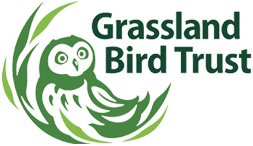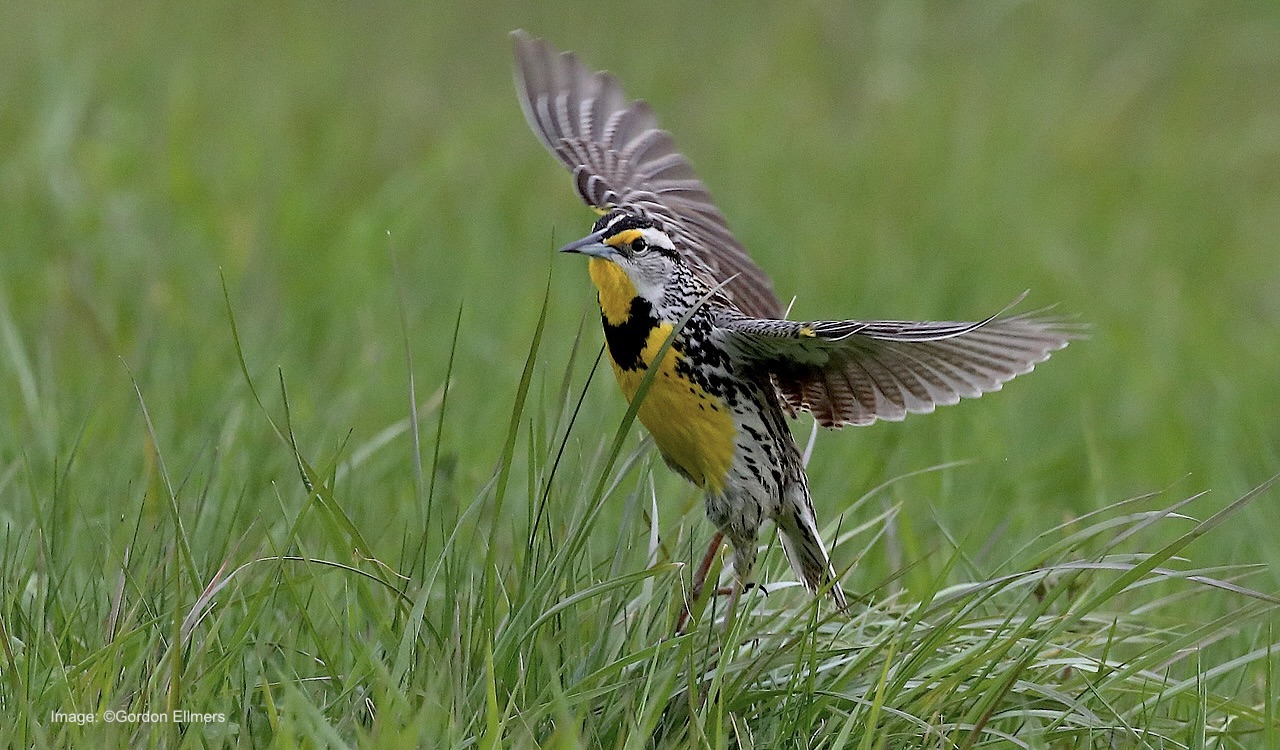
We have lift-off! The siren call of a growing, brighter light has launched thousands, nay, millions of long-haul flights. And although triggered by the sun, most of these journeys are flown in darkness, guided by the moon and stars. These are the eco-friendliest of all eco-friendly flights, powered by insects, seeds, and fruit, and some by a more hearty, non-vegan diet, but all with a driving determination that carries the lightweight, efficient, feathered flying machines on their way north. And we are here, ready to welcome them!
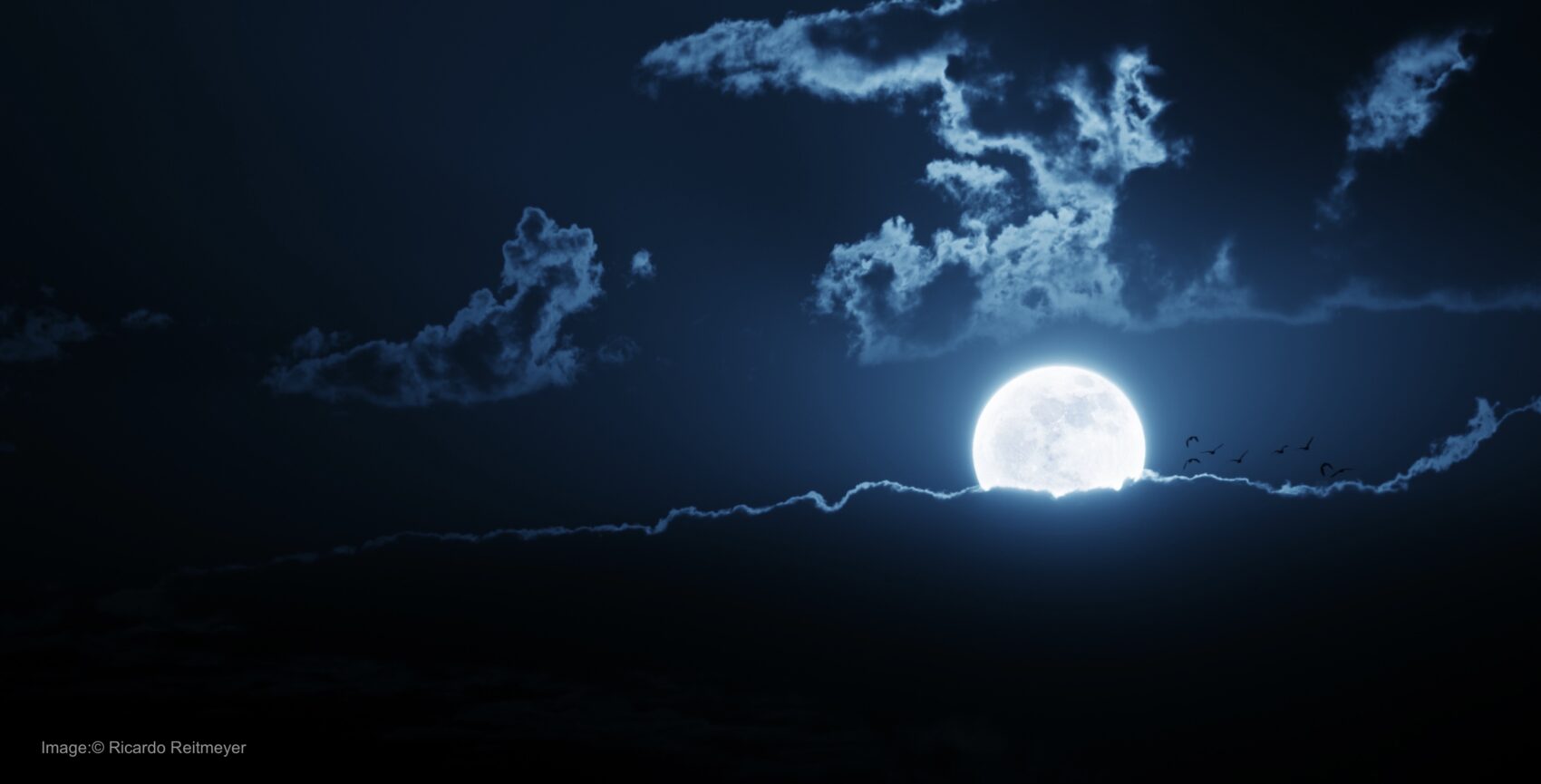
Who Do You Wait For? We Asked Our Volunteers
The birds of spring are on their way. Our grasslands, wetlands, and woodlands will explode in a few weeks with color and sound. The spring migration has begun!
Many of us have a favorite bird that signifies spring; for me, it is the wood-warblers that set my heart singing – those tiny jewels winging their way from the Caribbean or South America, but I wanted to find out what some of our Grassland Bird Trust family are most excited to welcome back.

Gordon Ellmers’ Favorite Five Pretty Birds of Spring
Most of us know Gordon “Gordie” Ellmers from the beautiful bird images he captures daily – no matter the weather, Gordie is out with his camera! For me, Gordie is a life-saver, on the considerable percentage of my days spent sitting behind a computer, that daily dose of “Gordie-birds” brings in the sun; Gordie is my eye on the avian world!
I asked Gordie who he was most looking forward to welcoming back – and was not surprised to hear five different birds as his answer: Eastern Meadowlark, Bobolink, Eastern Bluebird, Yellow Warbler, and Common Yellowthroat Warbler.
Why does he love these particular birds? Gordie summed it up beautifully, “They are very pretty birds.” Indeed they are, Gordie.
A Ray of Sunshine, The Yellow Warbler
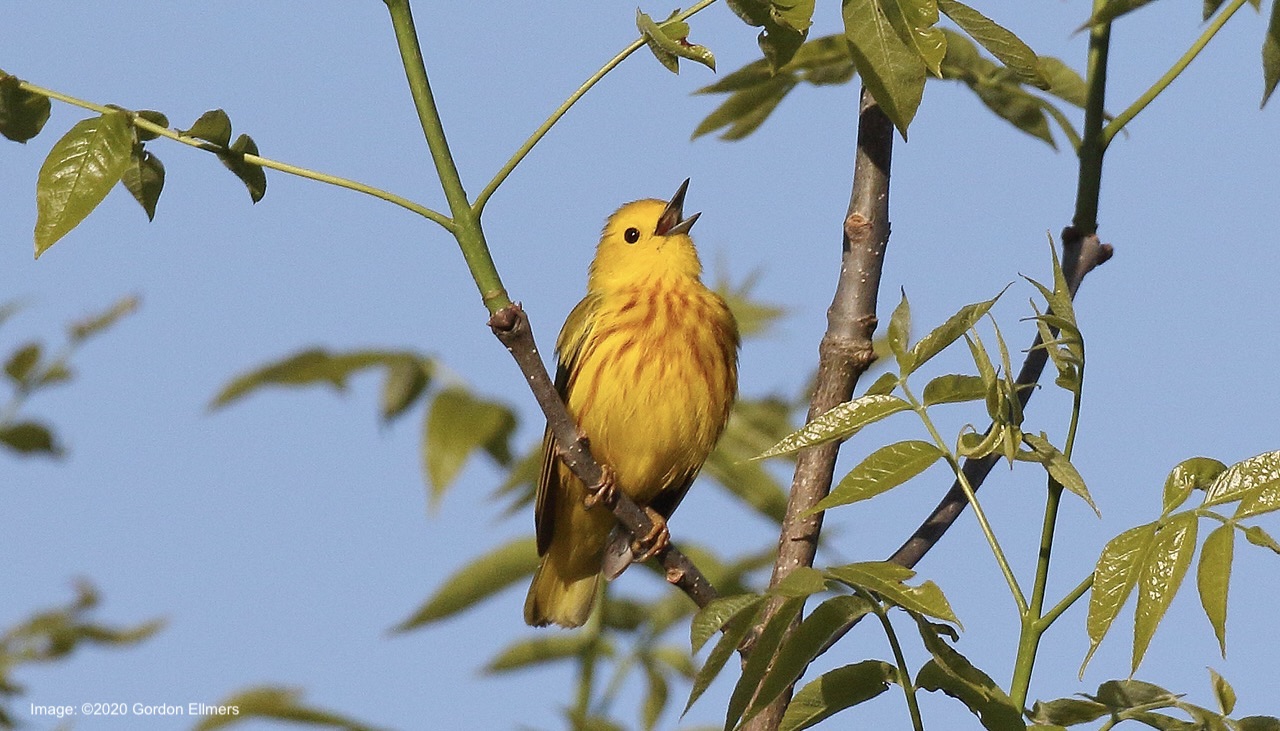
Two of Gordie’s favorites, the Yellow Warbler and Common Yellowthroat Warbler, are wood-warblers. These cheerfully colored birds are among 116 in the family Parulidae. Tiny, pretty, and amazingly strong, some wood-warblers, including Gordie’s Yellow Warbler, are among our longest-haul migrators. These delicate birds, the brightest yellow of all the wood-warblers, fly from northern South America straight across the entire Gulf of Mexico in one night, without stopping.
Many of the Yellow Warblers we spot here will rest for a few days but then head farther north, all the way to breeding grounds in Canada; still, happily, some will stay to raise their families with us.
Yellow Warblers typically build their nests in bushes or small trees at about 10 feet off the ground, but once in a while, they create them at eye level. What a treat! Look for them in dogwood or willow trees or raspberry bushes and honeysuckle.
The Common Yellowthroat, Summer’s Sweet Bandit
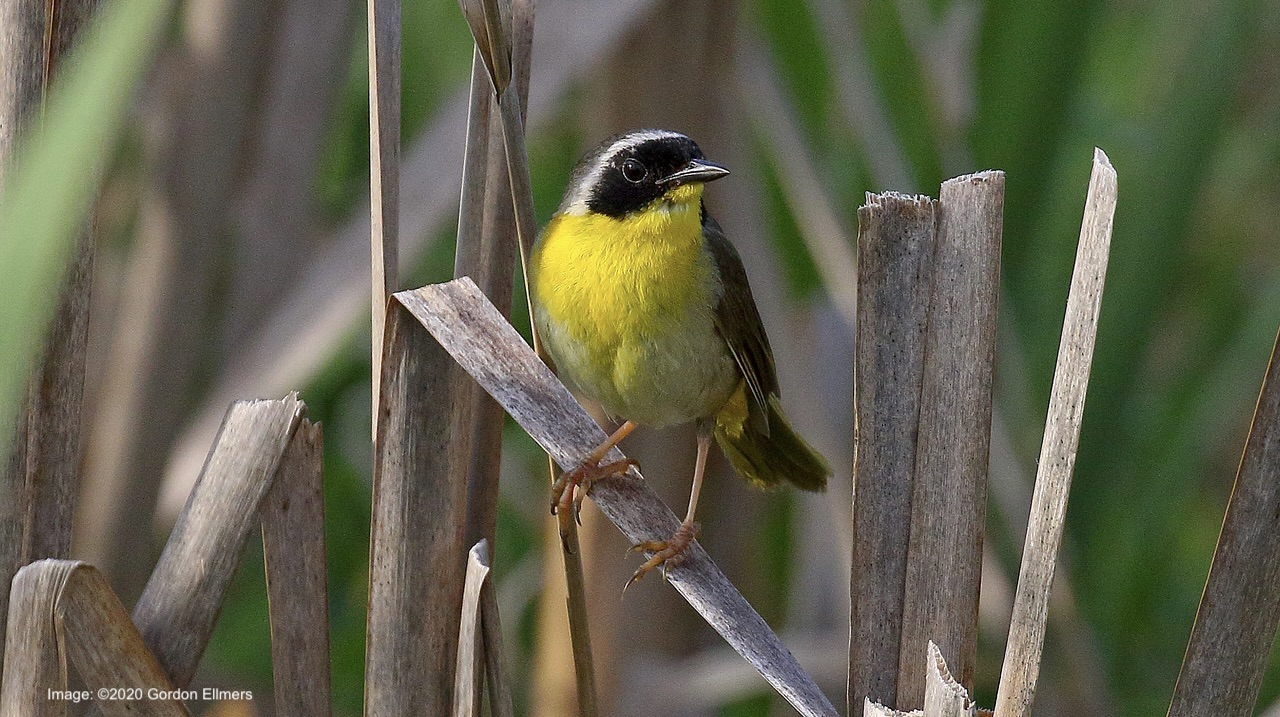
The Common Yellowthroat, wearing his black bandit mask, always makes me smile. Many winter in the southern states, or Mexico, and Central America, but the ones that winter farther south would have joined with their Yellow Warbler cousins in a night-time marathon push across the Gulf.
These little bandits prefer moister nesting areas to the Yellow Warblers and choose locations low to or on the ground, although in wetter regions, these savvy birds build a little higher up. Look for them where you see reed patches, cattails, and skunk cabbage.
Migration Marathon Bookends: Bobolinks and Eastern Meadowlarks
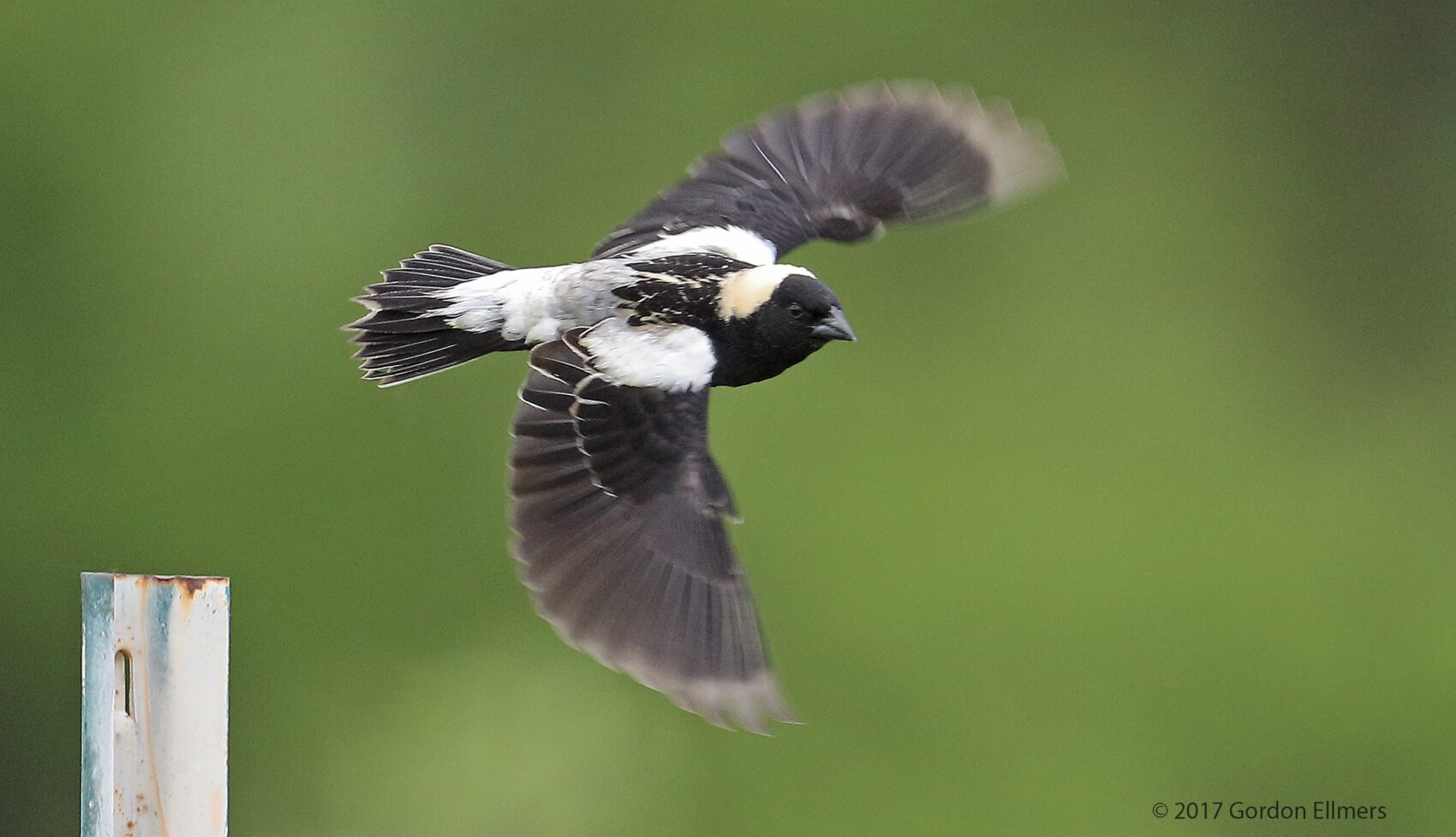
The Eastern Meadowlark, and the Bobolink, are grassland specialists but on opposite ends of the migration marathon, with Eastern Meadowlarks seldom going more than 600 miles but Bobolinks logging up to 12,500 miles – one of the longest migration round-trips in the avian world!
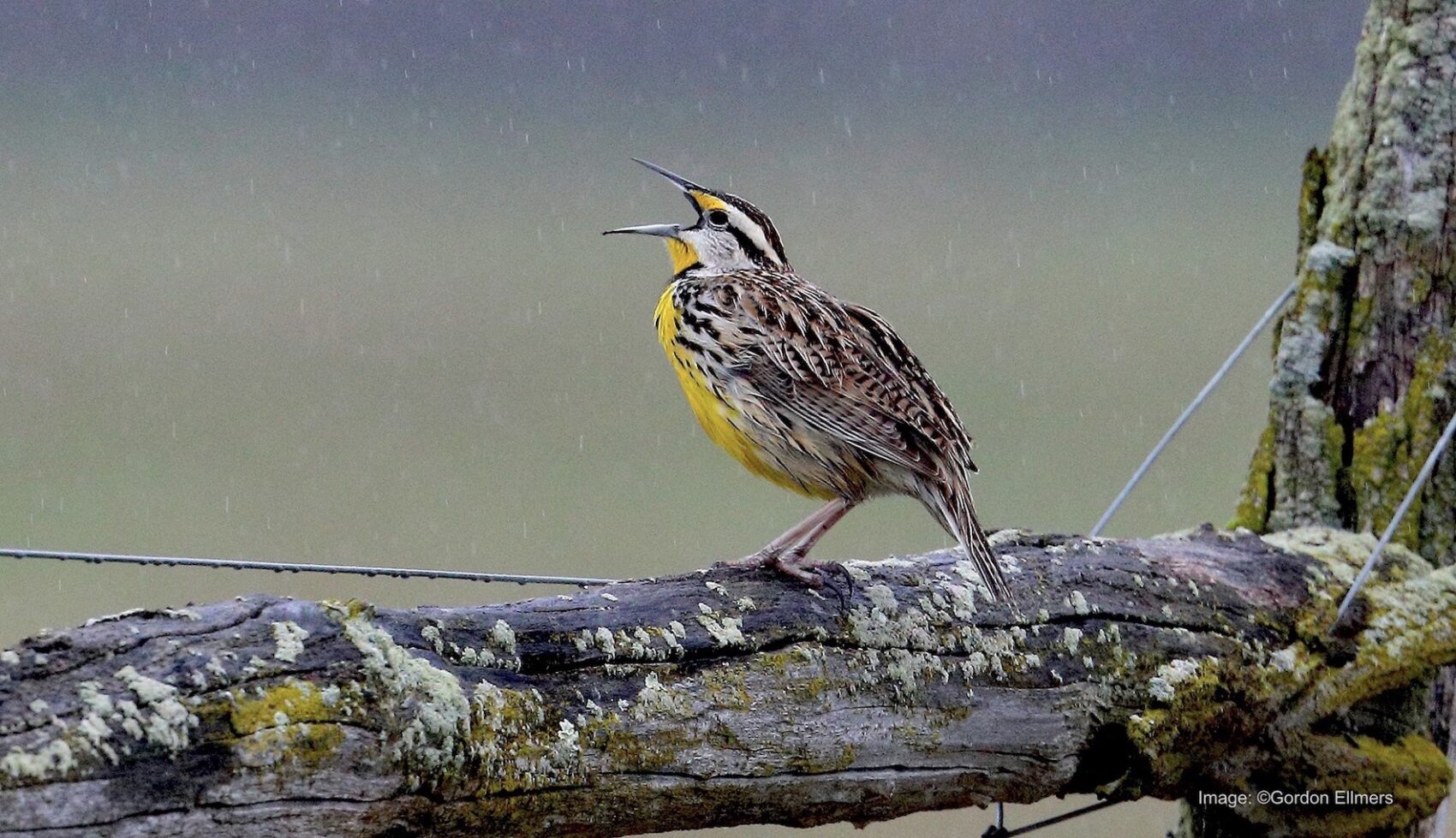
When you see Bobolinks showing off in our fields and meadows in their perky cream-colored “hats” or find an Eastern Meadowlark on a fencepost singing its heart out, take a minute for a quiet celebration! Thanks to the dedication of our community, including our farmers, the Grassland Bird Trust and others, our grasslands are helping these steeply declining birds to survive. Horraay for the birds and the people who care about them! Read more about our Eastern Meadowlarks and Bobolinks.
Volunteer Mark Di Ianni’s Favorite Spring Raptor
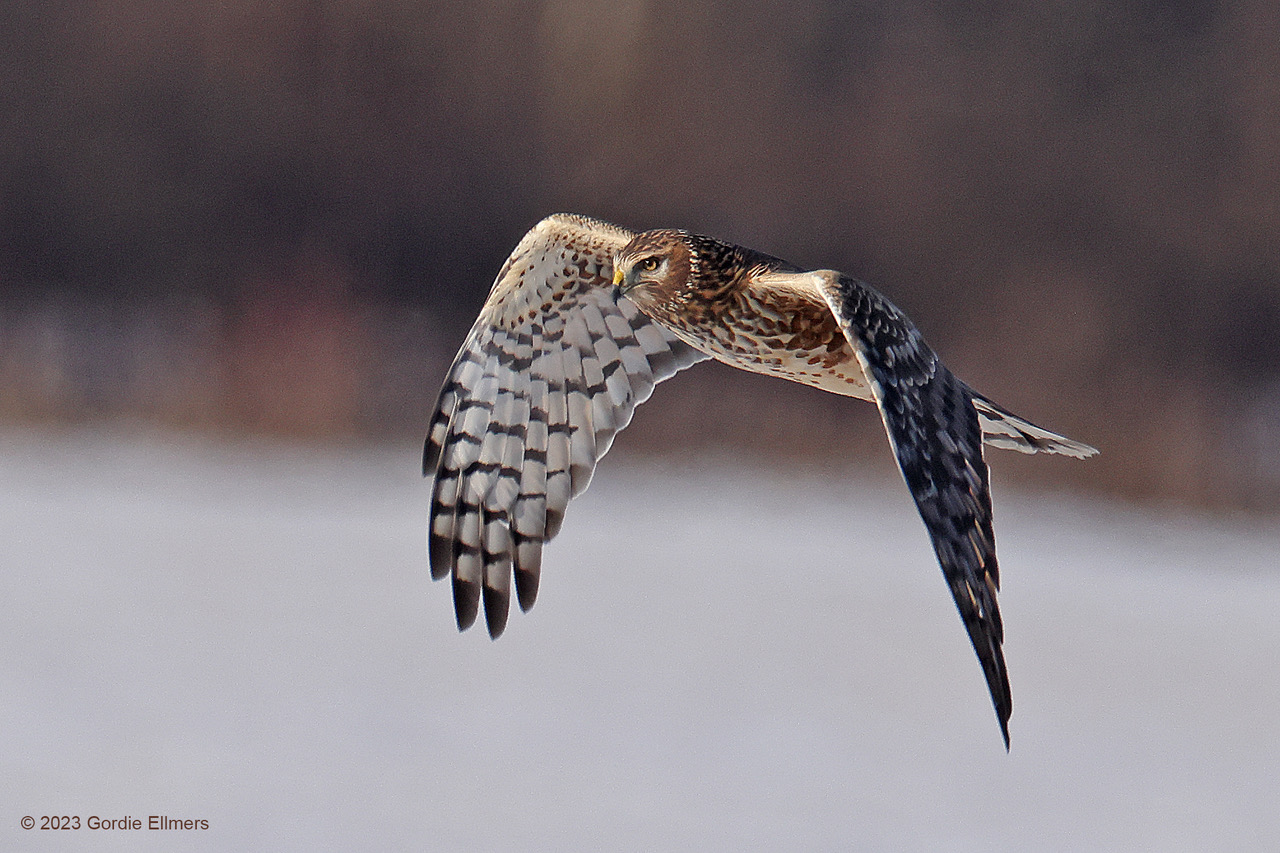
Says Mark: The Bobolinks and Eastern Meadow Larks are special, and I have seen them at the NYSDEC property on Blackhouse Road. But since I am a birds-of-prey birder, my favorite year-round bird is the Northern Harrier.
I love this bird for many reasons, including that it flies low over the grasslands, so you get great looks at its unusual “owl-like” face and wobbly hunting technique. While the females are beautifully colored, the males are starkly gray and white. You can see them everywhere in the IBA. A good reason to celebrate, Mark!
Northern Harriers build their nests on the ground in dense fields, grasslands, and marshlands. Unfortunately, New York State has lost so much of its habitat that Northern Harriers are regionally listed as threatened. Our Washington County grasslands give hope for their survival here – but the proposed commercial solar farm adds a challenge. For an update read the latest GBT newsletter.
Hopefully, we will find a way to preserve enough open field habitat for the Northern Harriers and others to find food for themselves and their young and bring in the clean energy necessary for our human community. There is a way that birds and humans can thrive together. Together we can find it.
Spring Is a Sunny Goldfinch for Volunteer Elizabeth Nichols
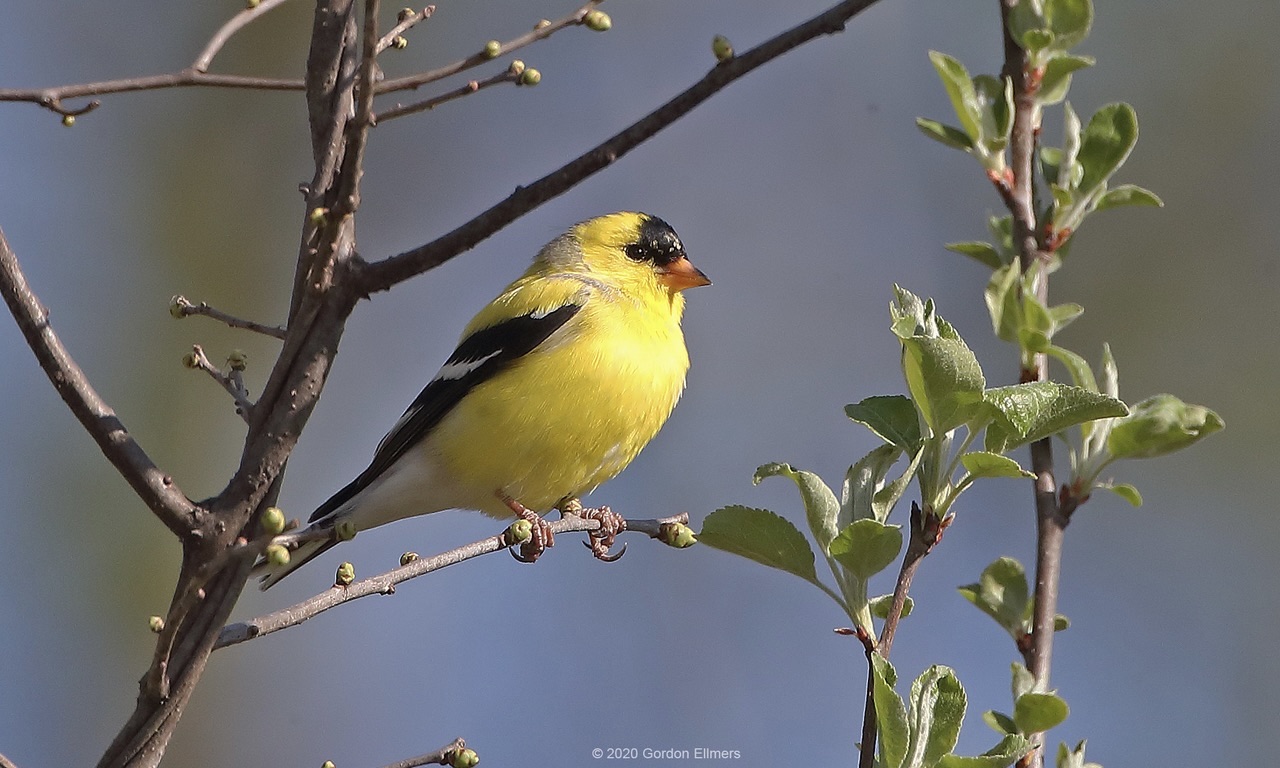
Elizabeth Nichols is another of our invaluable GBT volunteers. For Elizabeth, new sunny-yellow feathers and the sounds of bird calls are harbingers of spring:
Goldfinches are lots of fun to watch as the males turn to yellow at my feeder.
Elizabeth adds, I love watching and hearing Pileated Woodpeckers as they chase each other, presumably over territory or nesting.
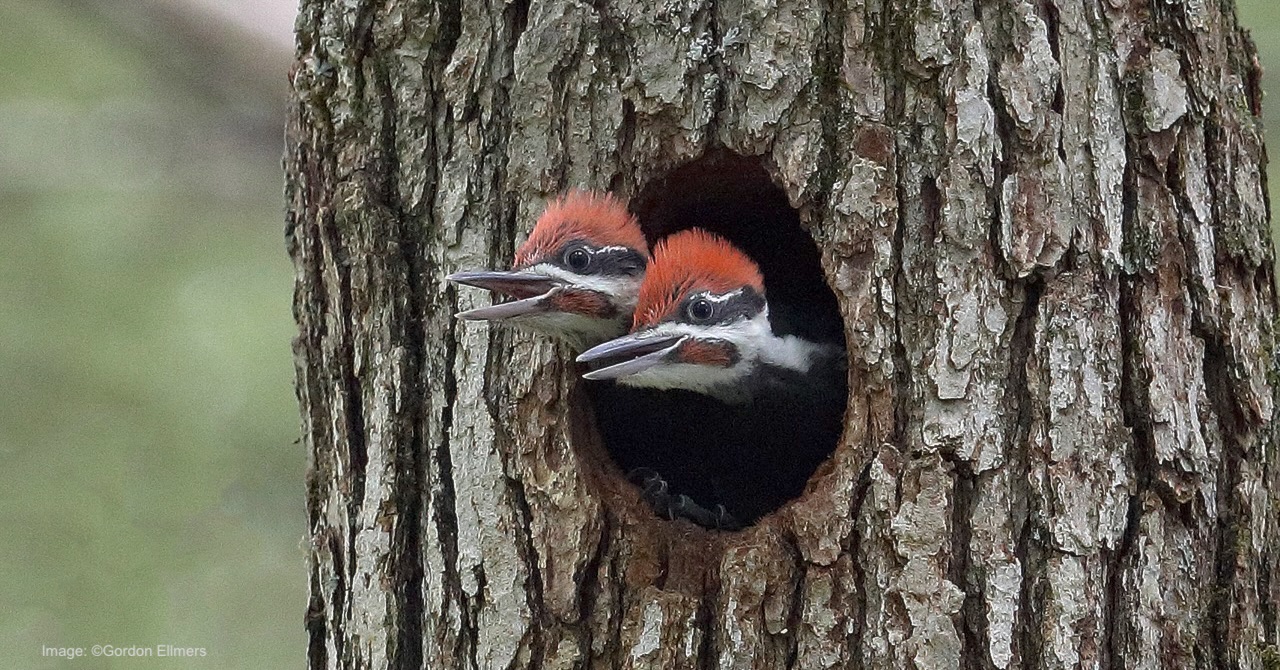
Like Northern Harriers, Pileated Woodpeckers are also an all-year bird here in Fort Edward, although they are especially fun to watch in the spring. At 16 to 19 inches, the Pileated dwarfs other woodpeckers, but its personality is even bigger! In springtime, the woods reverberate with the boisterous tapping, drumming, and calling rituals of these mate-for-life birds. On a lucky day, you may catch a pair swinging their heads and bills in a courtship dance.
Think you may have a Pileated nearby? Look for the unmistakable oblong-shaped holes they create – they are as big as New York City apartments! (Well, almost.)
Finally, in springtime Elizabeth looks for geese: … I’m under a flyway for geese and love “welcoming” them back and looking for them in the sky.
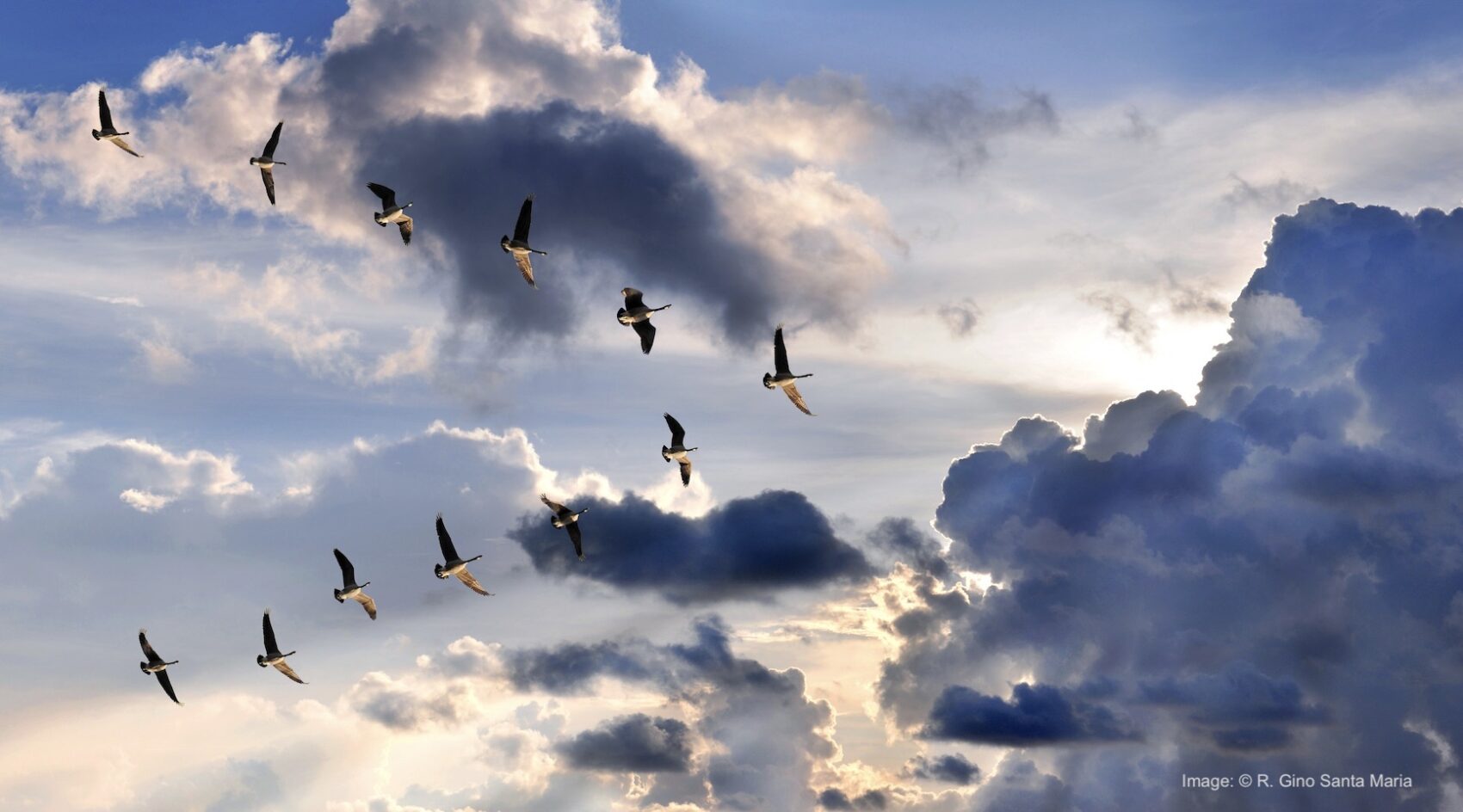
I do, too, Elizabeth! Seeing that great “V” against the clouds, their honking drifting down on the breeze gives me a sense of peace and makes me feel that, no matter what else changes, this, at least, is as it always has been and always will be.
Volunteer Kate Schnurr’s Love of Birds is a Family Gift
Says Kate: I started getting interested in birds through backyard feeders. My grandfather and my dad had feeders. I would take photos of them and watch their behavior. When I wanted to take more photos I decided to learn about birds so I knew where to find them.
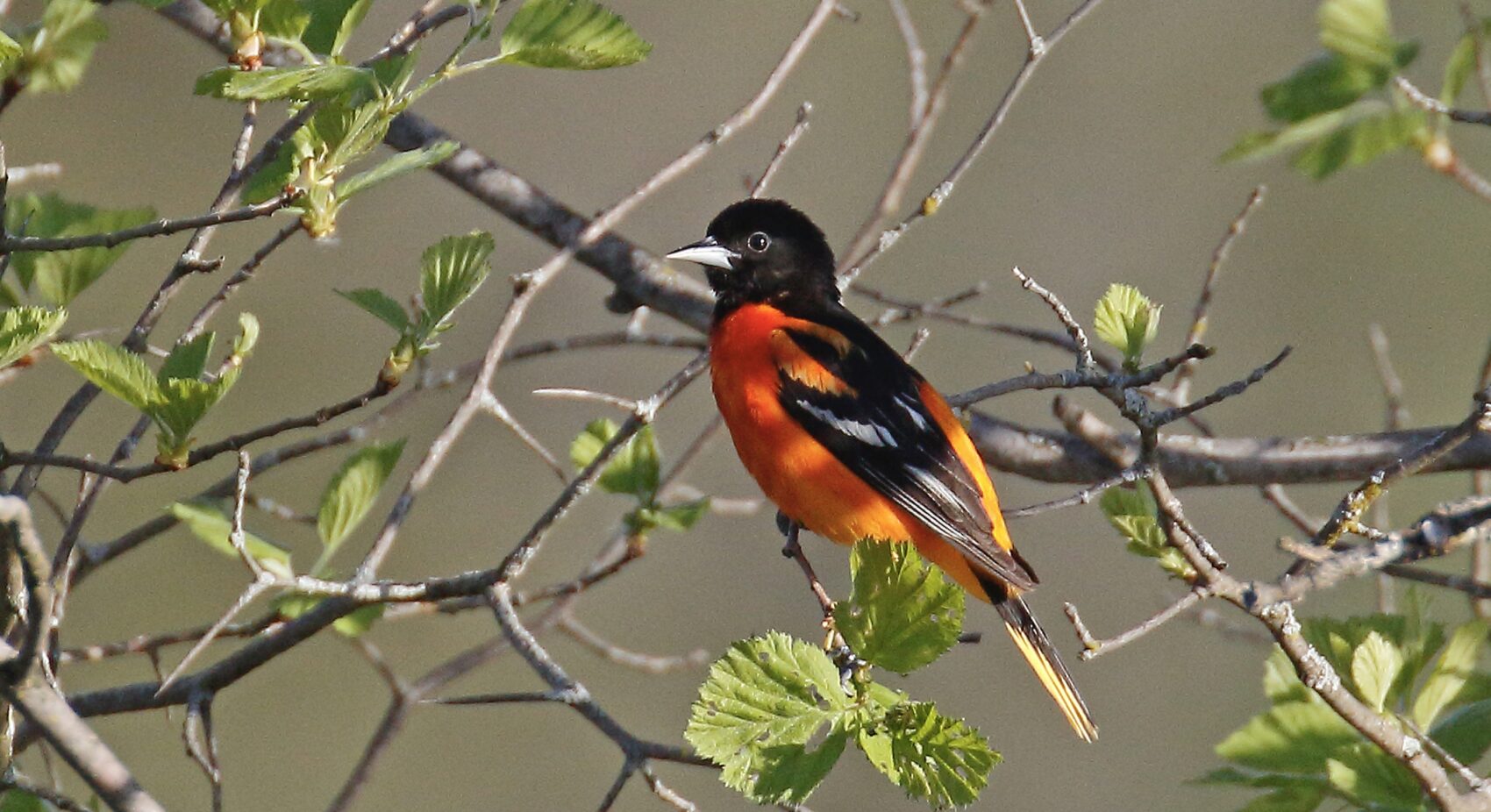
In the spring I do enjoy all the warblers coming through. I first saw a Bobolink in the grasslands and it always makes me smile. I think it’s voice sounds like R2D2.
What is her favorite place to look for the birds? Kate advises, the NYSDEC area with the viewing stand, is great in the spring. Look for Savannah Sparrows, Towhees, Eastern Bluebirds, Bobolinks, Northern Harriers, Baltimore Oriole and flycatchers.
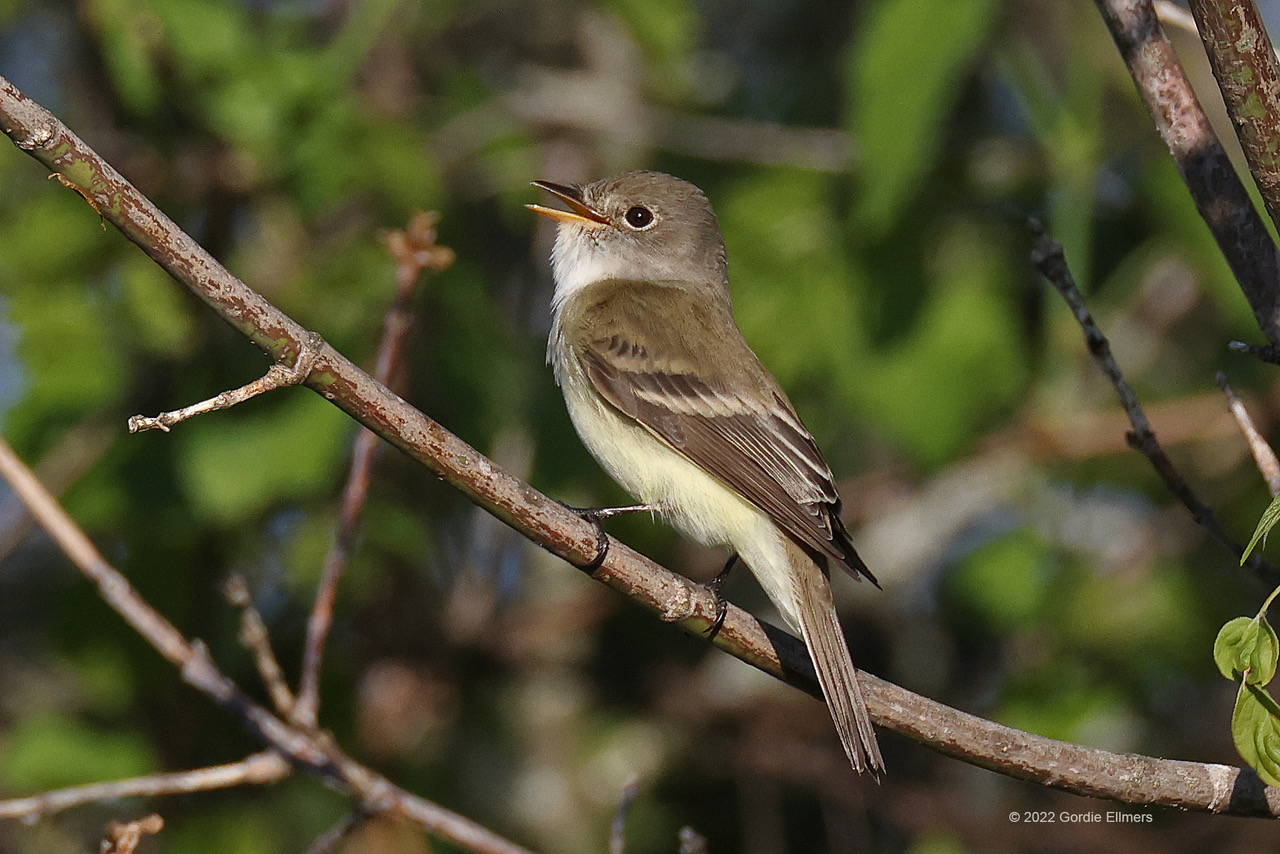
Spring Brings a Joyful Memory for GBT Board Member, Keith Swensen
For Keith Swensen, one of our Grassland Bird Trust Board members, spring brings to mind a smile that forever lives in his heart.
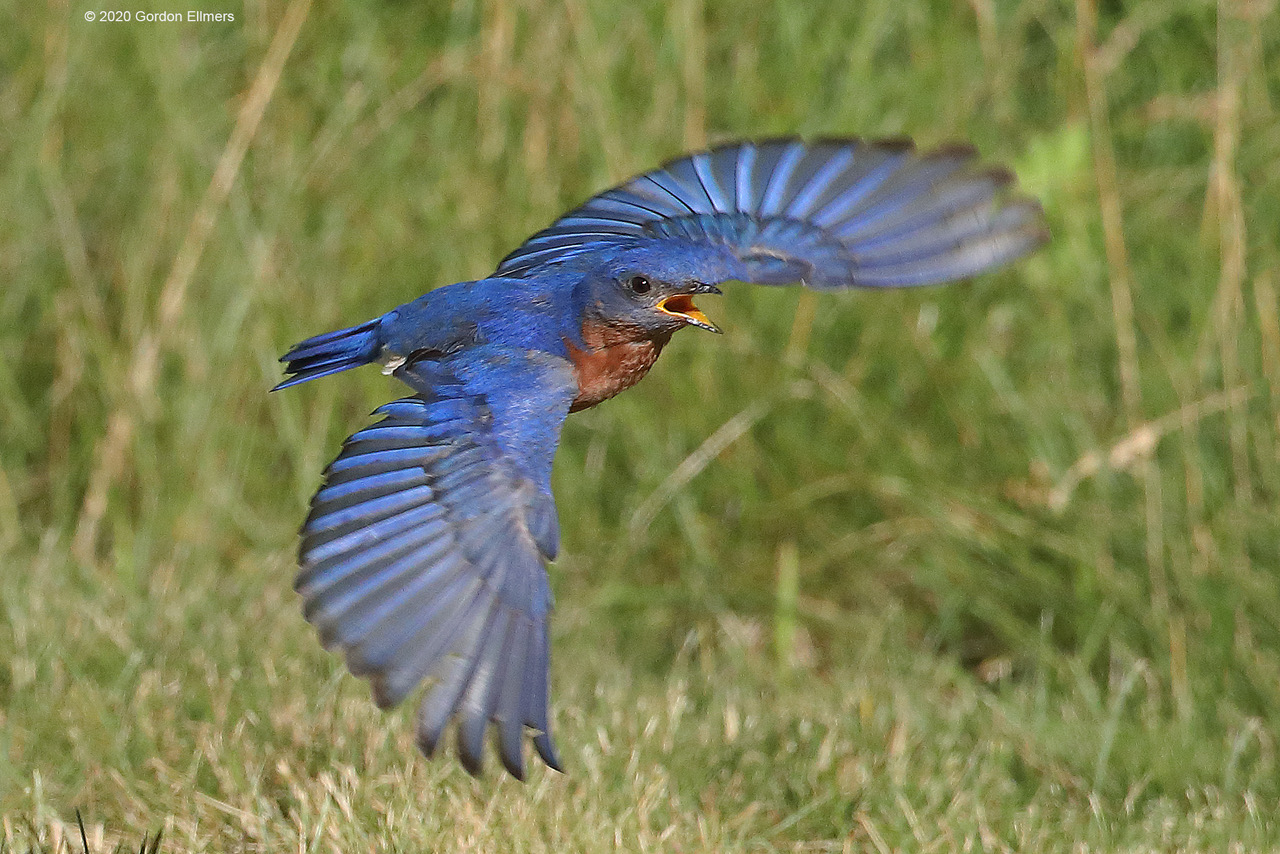
Says Keith: In my mother’s youth, Eastern Bluebirds were relatively common. But in my early youth in the 50’s, they were not common due to a number of factors. Competition from starlings being one. Overuse of pesticides is another.
One Spring day, when I was playing nearby and [my mom] was in the garden, she saw a bluebird fly by. I’ll never forget the excitement and joy on her face when she shouted to me to look at it and said, “It’s been so long since I’ve seen one.”
I didn’t even know what a bluebird was. Thankfully she lived long enough to appreciate their return.
Now Eastern Bluebirds are no longer endangered thanks to bluebird boxes, the return of habitat, and reduced pesticide use. Even though many stay through the winter, I still think of them as a bird of spring. I hope the joy on my face when seeing one perched or flying by in the spring matches what I saw on my mom’s face.
They didn’t coin the phrase “The Bluebirds of Happiness” for nothing.
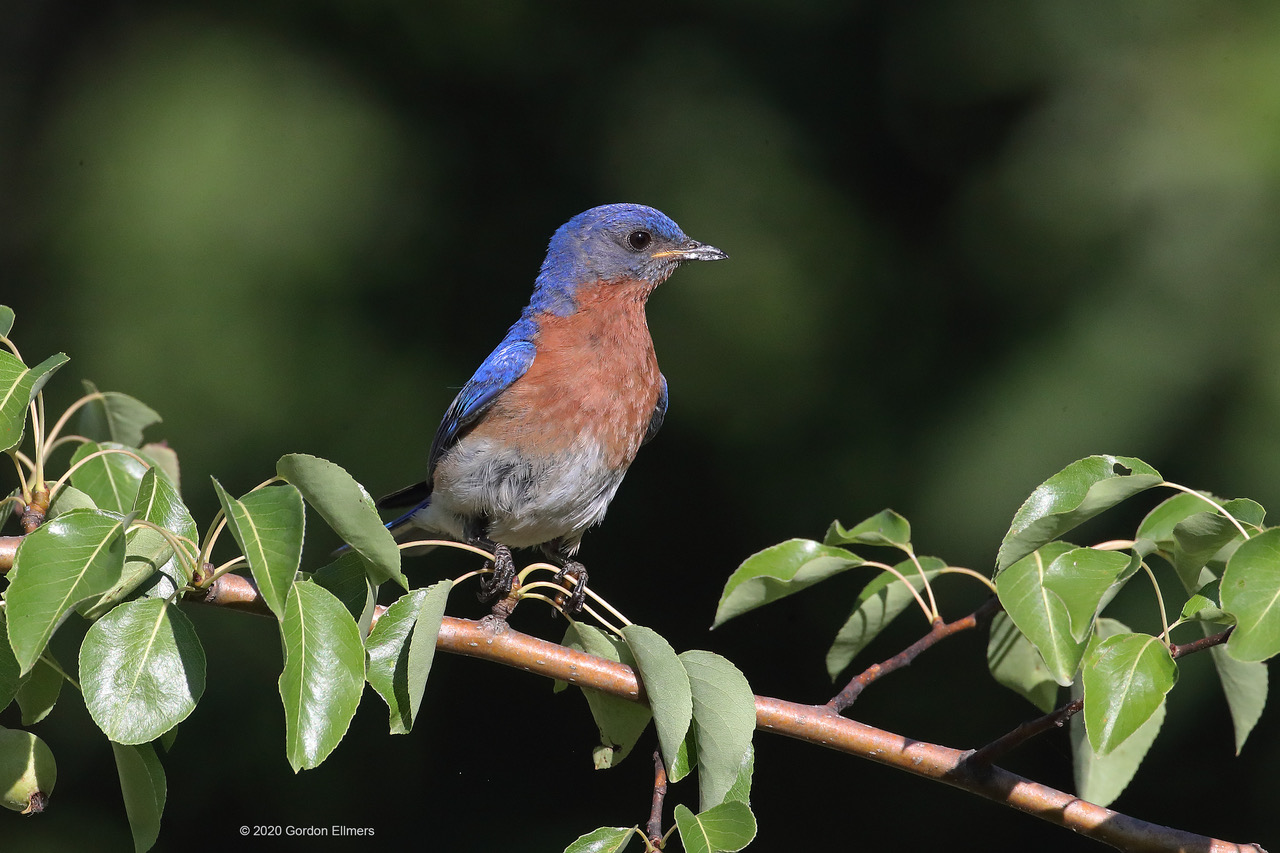
Mark Di Ianni offered a final view:
I have done a lot of birding … in many places. GBT focuses on the Important Bird Area (IBA) in Northern Washington county, which is one of the best year-round birding areas I have been. [However] grasslands everywhere are under pressure, and the decline in many grassland bird populations is well documented. GBT is a group of volunteers dedicated to conserving the grassland to protect this habitat for the birds and all of us.
Well said, Mark!
Many thanks to the Grassland Bird Trust volunteers who shared their thoughts on the birds of spring. What are your favorites? We’d love you to share some thoughts.
Contributor, Roberta Kravette, is the editor of Destination: Wildlife dedicated to responsible wildlife tourism as a means to educate, inspire, and yes, save the planet. She is an ardent lover of the Grassland Bird Trust and all it is doing to help preserve grasslands, birds and the Earth.
